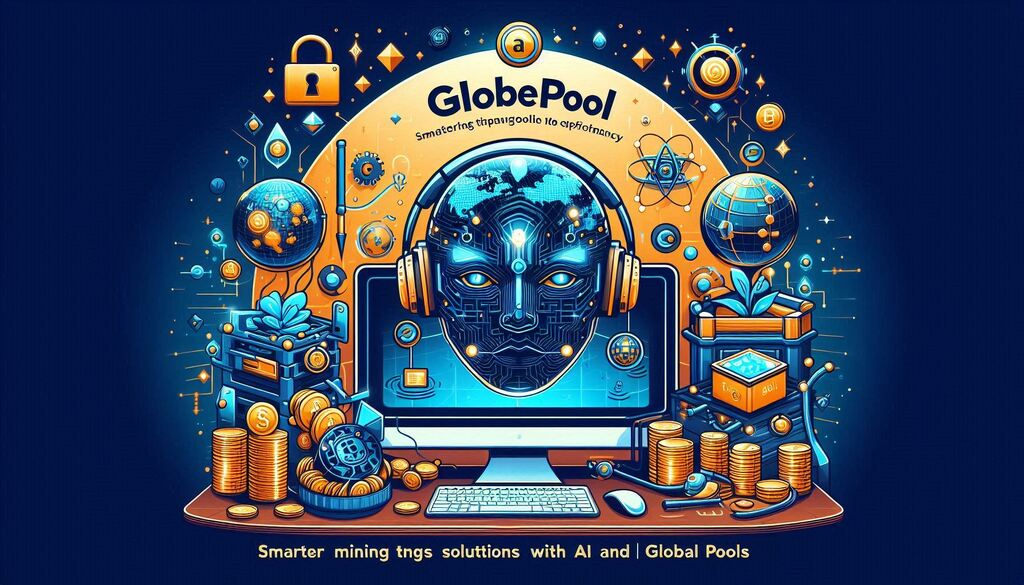
The rapid evolution of the internet is leading us toward a new digital era—Web3.0. This next-generation internet paradigm shifts from centralized control to a decentralized, user-driven model, enabling individuals to own their digital identities, assets, and data. Web3.0 is powered by blockchain technology, smart contracts, decentralized finance (DeFi), non-fungible tokens (NFTs), and decentralized autonomous organizations (DAOs), promising greater security, transparency, and user empowerment.
The Evolution from Web1.0 to Web3.0
The internet has undergone several transformational phases:
Web1.0 (Static Web): The early stage of the internet, where users could only consume static content without interaction.
Web2.0 (Social & Interactive Web): Enabled user-generated content, social media, and centralized platforms that control data and services.
Web3.0 (Decentralized Web): Focuses on decentralization, removing intermediaries, and giving users full control over their digital assets.
Core Technologies Behind Web3.0
Web3.0 is built on several cutting-edge technologies that redefine digital interactions:
Blockchain Technology
Acts as the foundation of Web3.0, ensuring transparent, immutable, and decentralized data storage.
Ethereum and Bitcoin are leading examples of blockchain networks supporting Web3.0 applications.
Smart Contracts
Self-executing contracts with terms embedded in code, automating transactions without intermediaries.
Used in DeFi applications, gaming, and digital asset management.
Cryptocurrency & DeFi
Cryptocurrencies such as Bitcoin and Ethereum facilitate borderless, decentralized financial transactions.
DeFi platforms provide banking-like services without centralized institutions.
Non-Fungible Tokens (NFTs)
Unique digital assets representing ownership of art, music, virtual goods, and more.
Revolutionizing industries like gaming, real estate, and intellectual property rights.
Decentralized Autonomous Organizations (DAOs)
Community-driven organizations governed by smart contracts, eliminating hierarchical control.
Ensuring transparency and collective decision-making in Web3.0 projects.
Metaverse & Digital Identity
Virtual worlds powered by blockchain, where users can own assets and interact using digital avatars.
Secure digital identities give users control over their personal information without relying on centralized entities.
Advantages of Web3.0
Data Ownership & Privacy: Users have complete control over their data, preventing misuse by tech giants.
Security & Transparency: Blockchain ensures tamper-proof records, reducing fraud and cyber threats.
Financial Inclusion: DeFi provides banking services to unbanked populations worldwide.
Interoperability: Decentralized applications (DApps) can seamlessly integrate across multiple platforms.
Censorship Resistance: Decentralized networks ensure freedom of speech and prevent content manipulation.
Challenges Facing Web3.0 Adoption
Despite its potential, Web3.0 faces several obstacles:
Scalability Issues: Current blockchain networks struggle with transaction speed and high fees.
Regulatory Uncertainty: Governments are still defining legal frameworks for Web3.0 technologies.
User Experience: Adoption requires user-friendly interfaces for mainstream users.
Security Risks: Smart contract vulnerabilities and hacking threats remain a concern.
The Future of Web3.0
Web3.0 is poised to revolutionize the digital landscape by empowering individuals, decentralizing control, and redefining online interactions. As the technology matures, collaborations between developers, businesses, and regulators will shape a more inclusive and secure internet ecosystem. The shift to Web3.0 is not just an evolution—it’s a revolution that will redefine the way we connect, transact, and build digital communities.
Payment Network
We support major crypto currencies
-

BTC
-

ETH
-

USDT
-

BNB
-

USDC
-

DOGE
-

TRX
-

LTC
-

BCH
Subscribe to our Crypto Mining service for the latest updates, exclusive offers.

